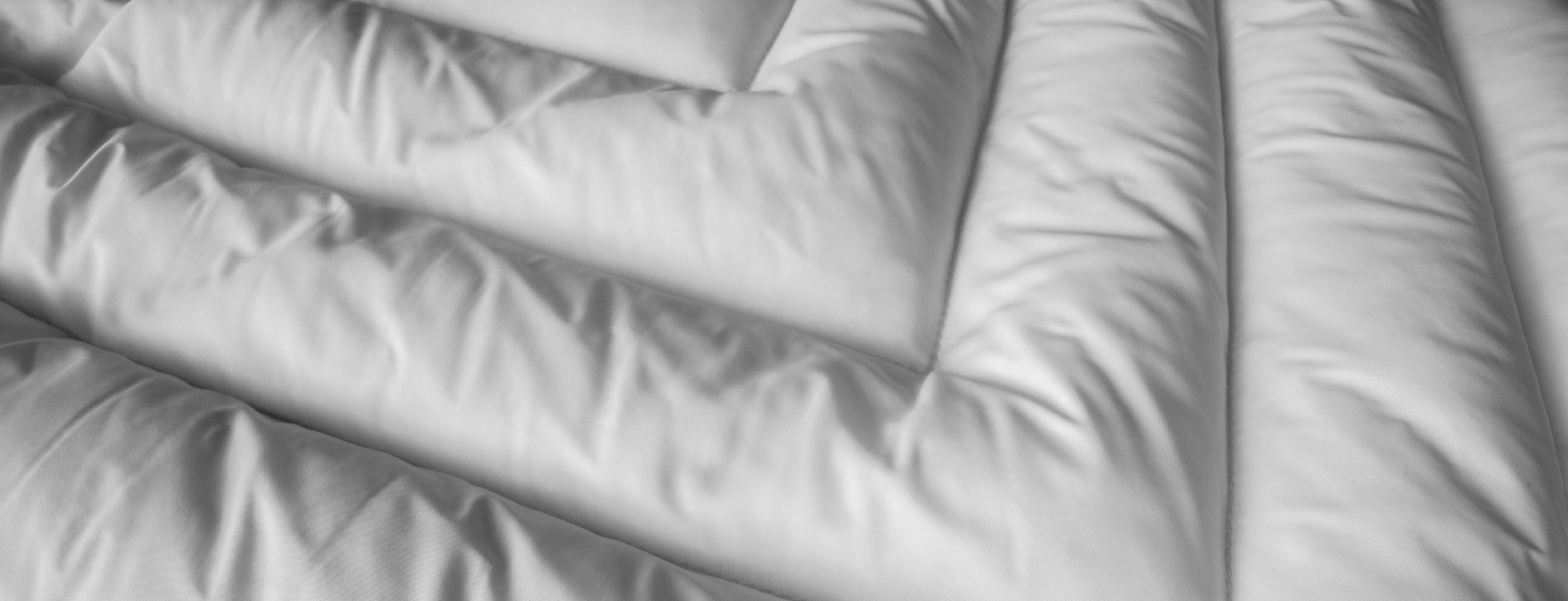Proper care helps your garments last longer and maintain their performance
We consider longevity and possible repairs right from the design stage. That's why, for example, our pants with buttons have a small sewn-in bag with an extra button so you can easily replace one that has come loose. Jackets with zipper pullers also come with extra ones as spares, so you can quickly replace one if it breaks. Small details that make a big difference in ensuring that the garment will last a long time.
Only wash when really necessary, air occasionally, and use a mild detergent. Prepare the laundry by closing zippers and Velcro fasteners, turning the garment inside out, and using a laundry bag if necessary. Follow the washing instructions for your particular garment.
Many outer garments have a water-repellent impregnation that causes water to bead up and run off without penetrating the fabric. The impregnation gradually wears off with use and washing. When the fabric starts to absorb moisture, it is time to re-impregnate the garment.
Different materials require different care. Below are tips tailored for shell garments, insulated garments and down, wool, synthetic, and fleece garments, as well as leather.
Shell garments
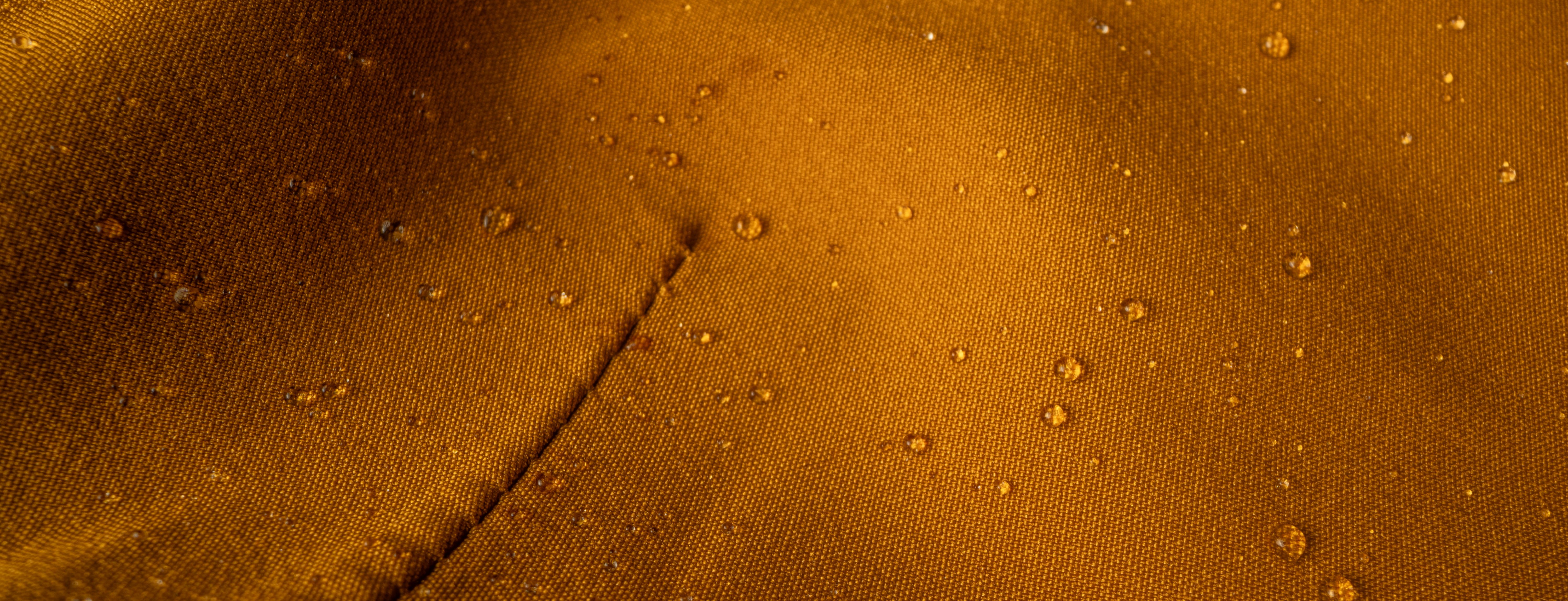
Shell garments with membranes and water-repellent surface treatments are technical and require gentle washing to maintain their function. Strong detergents, high temperatures, or fabric softeners can damage the membrane and taped seams, reducing the garment's ability to keep you dry.
Only wash when necessary, using a mild detergent and no fabric softener. Follow the garment's washing instructions. Avoid soaking and overdosing on detergent.
To restore the water-repellent surface of shell garments, low heat in the dryer or careful ironing (if the washing instructions allow) can reactivate the impregnation. If raindrops no longer bead up but instead are absorbed into the outer fabric, the impregnation has begun to wear off. The surface then becomes dark and damp, which affects the garment's ability to stay dry. It is then time to re-impregnate. The treatment wears off gradually with use and washing, especially on exposed areas such as the back, elbows, and knees.
When the waterproofing is intact, water will once again bead up on the surface and the garment will be ready for new adventures. There are different types of waterproofing, some of which are sprayed on and others washed in. Always follow the instructions on the packaging for best results.
Isolated garments and down
Insulated garments, whether filled with synthetic or down, keep you warm without weighing you down. But the insulation needs proper care to maintain its warming ability and longevity.
Synthetic insulated garments can be washed with regular mild detergent. Avoid fabric softener as it can affect the function of the material. Allow to dry at room temperature or in a tumble dryer on a low heat setting.
Down garments require extra care. Use a specially formulated detergent and avoid overdosing. Wash separately to protect the material. It is important to allow the down to dry thoroughly, preferably in a tumble dryer on low heat, and to shake and fluff the down regularly to maintain its lightness and warming properties. If you air dry, choose a dry and well-ventilated place and shake the garment regularly. Dry cleaning is not recommended for down.
If the garment gets a hole, repair it as soon as possible with self-adhesive repair patches. Rounded edges reduce the risk of the patch tearing. If down sticks out, press it back gently without enlarging the hole.
Wool garments
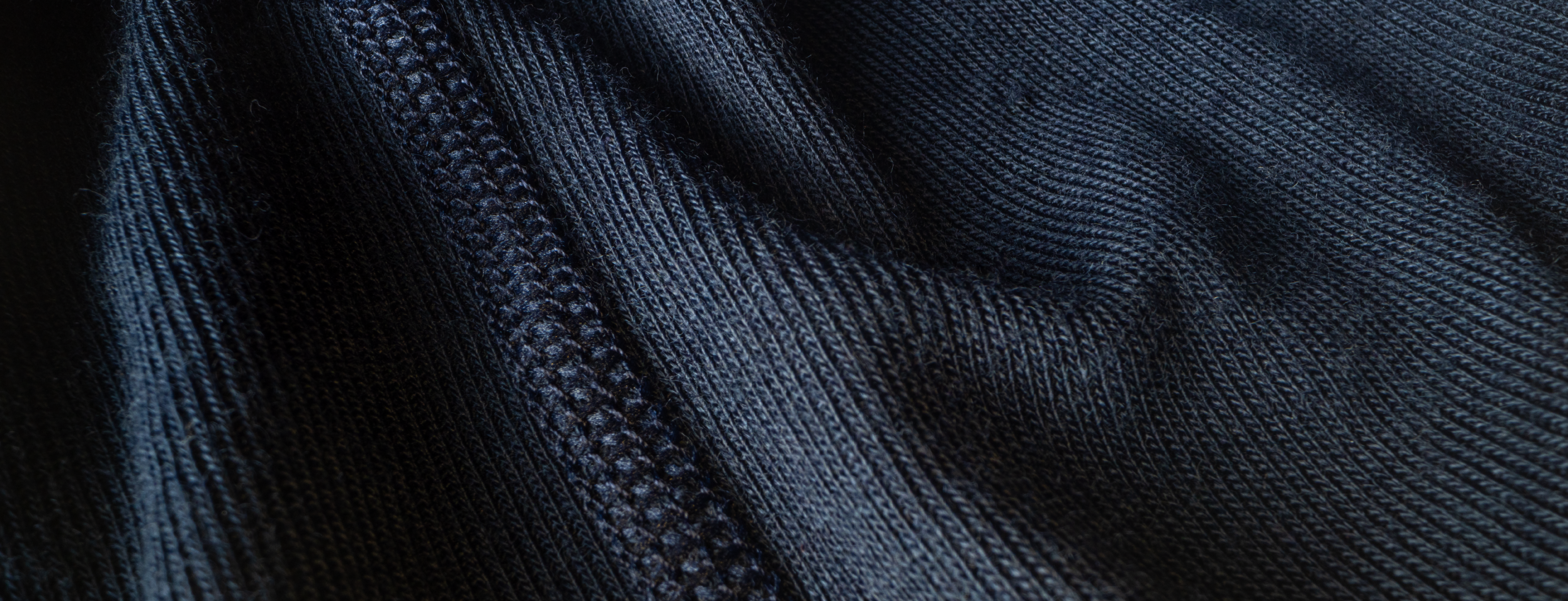
Wool is a natural material with self-cleaning properties, which means that it is often enough to air the garment between uses to keep it fresh. Only wash when really necessary and then use a wool-specific detergent and wool program on the washing machine.
Avoid spinning and high heat, which can shrink or damage the fibers. Dry the garment flat on a towel to maintain its shape and avoid direct sunlight and tumble dryers. With proper care, your wool garments will retain their warmth and shape for many years to come.
Synthetic garments and fleece
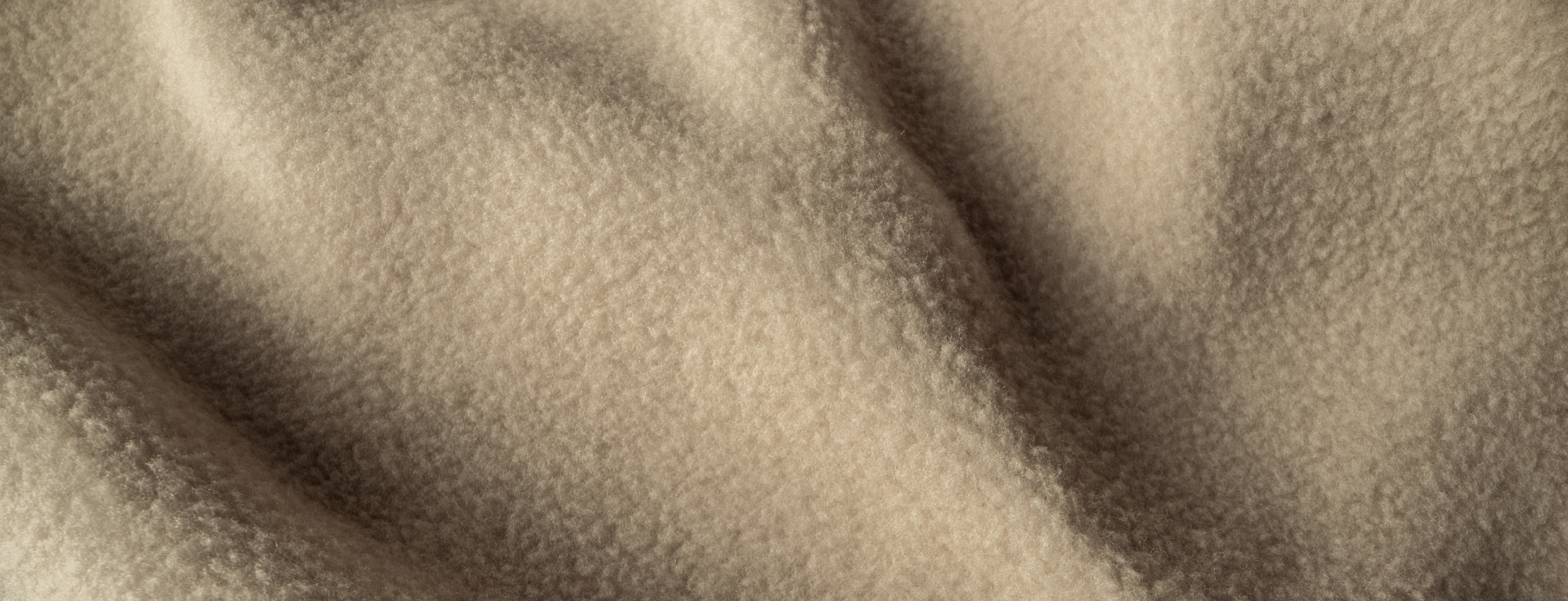
Synthetic materials such as polyester and fleece are durable and dry quickly, making them ideal for intense activities. However, to preserve their functionality and avoid microfiber emissions into the environment, it is important to wash them gently. Use a mild detergent and wash the garments in a laundry bag that traps microfibers.
Avoid fabric softener as it can impair the material's moisture transport and breathability. Allow the garments to air dry to reduce wear and tear, and avoid high heat in the dryer, which can negatively affect fit and function.
Leather
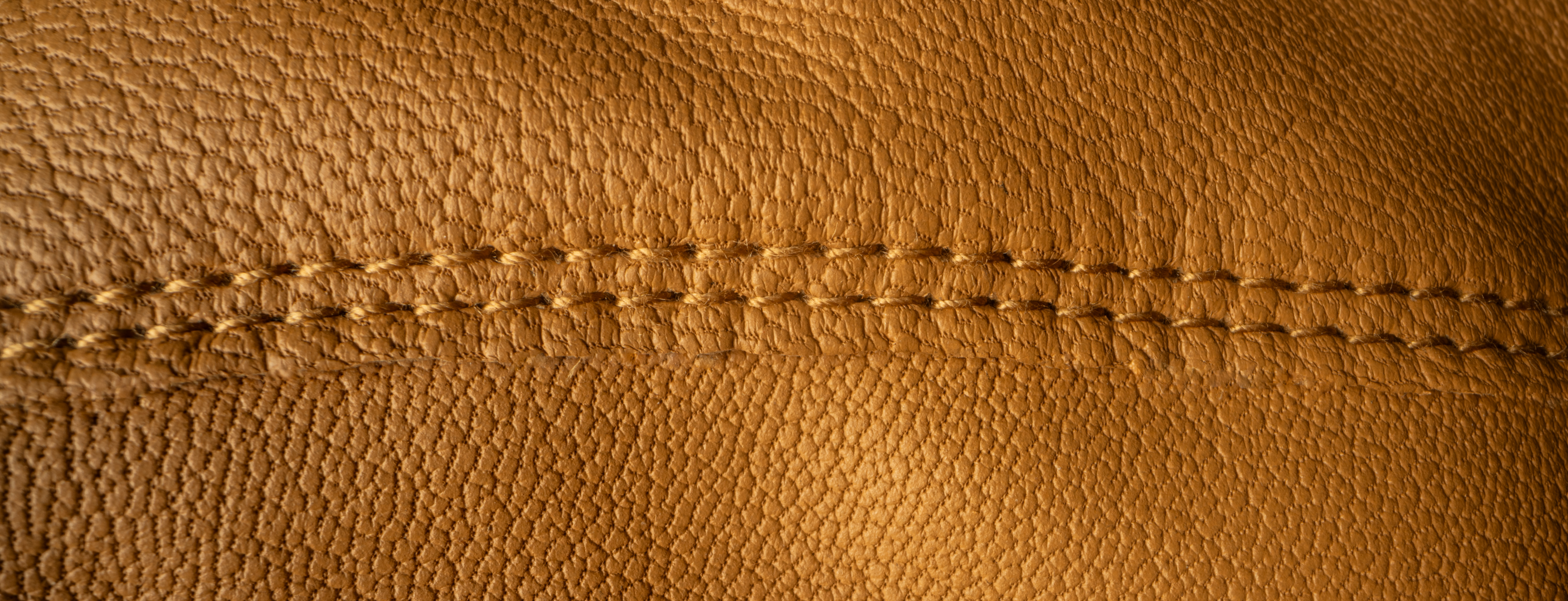
Leather is a natural material that becomes more beautiful and personal over time, but it requires proper care to maintain its softness and durability. Avoid washing or soaking leather gloves and mittens. Instead, gently wipe off dirt with a slightly damp cloth and allow them to air dry at room temperature, never on a radiator or in direct sunlight.
To preserve the suppleness of the material and protect it from drying out, you can regularly treat the surface with leather balm or a special leather care product. With the right care, the leather will remain soft, supple, and ready for many cold days to come.
Storage
When storing your garments for the season, it is important that they are clean and completely dry. Dirt and moisture can cause odors or mold, and over time, both the material and water-repellent treatments will break down.
Store your garments in a dry, cool, dark, and well-ventilated space. Avoid packing your garments tightly or putting them in plastic bags. Prolonged compression can damage insulation, material structure, and water-repellent treatments.
Down garments are particularly sensitive to compression, but synthetic insulated garments and shell garments are also best hung up or stored loosely folded.
With the right care and love, your clothes will last longer and perform better, so you can focus on what really matters – your adventures.

